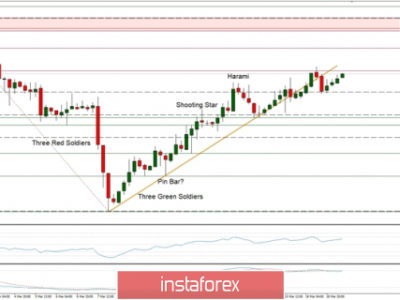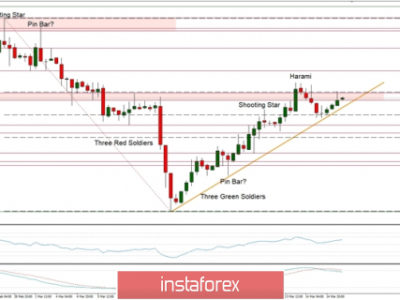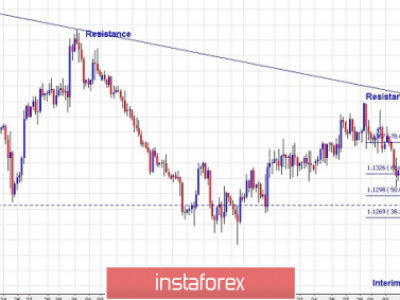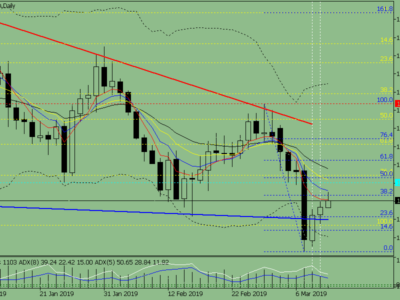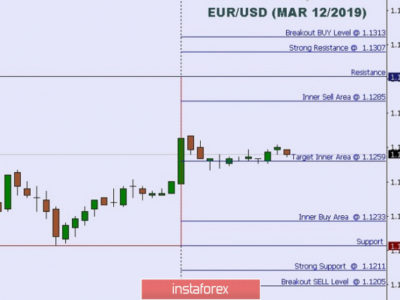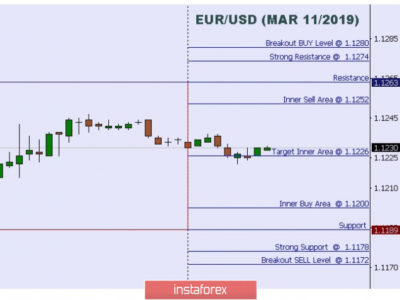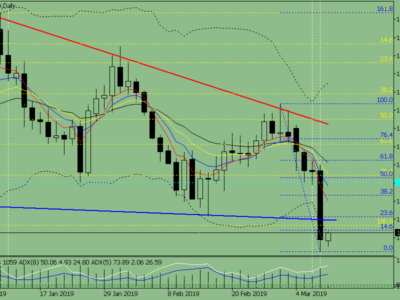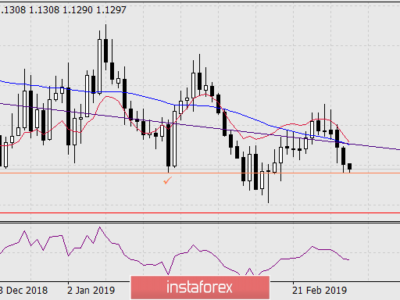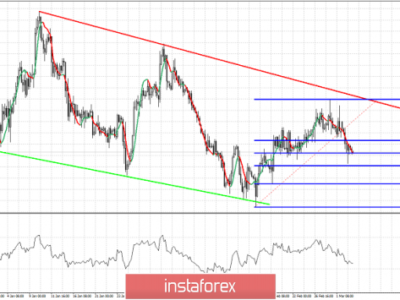U.S. dollar benefits from higher growth forecast
The growth of the U.S. economy for Q4 2015 was reported on Friday to be actually faster than initially estimated by the government. According to the Bureau of Economic Analysis, the economy’s growth during the last year’s final quarter and on an annualised basis has been 1% instead of the initial calculation for 0.7%. Many analysts’ forecasts were rather pessimistic compared to the actual report as they were anticipating the economy’s growth to be 0.4%.
It has also been measured that U.S. retailers purchased larger quantities of stock than what was forecasted, and so the aggregate inventory volume is close to $13 billion higher. This implies that the following month’s growth data could be less than expected in case the same retailers reduce their inventory purchases. In contrast to this scenario, there are still some who anticipate that the growth level of the premier quarter of this year might be as high as 2.4%. But there is a group of investors who do not have the same optimistic views, and they will defend their stance by attributing the upwards revision of the growth rate to larger inventories that might act as a drag to the Q1 2016 growth rate.
A separate report released by the Bureau of Economic Analysis on Friday revealed that U.S. personal spending for the first month of the year increased by 0.5% in comparison to the previous month. Consumer spending accounts for two thirds of the U.S. economic activity and at face value it appears that the January’s 0.5% growth is a strong result given that analysts’ forecasts were for a 0.3% increase. The optimistic result has been boosted by the ultra low oil prices, but there are still many factors that can weigh against the economy’s growth. There is uncertainty caused by the upcoming election and also by the volatile global financial markets.
The Federal Reserve’s (Fed) Chairwoman Janet Yellen stated that there would be gradual interest rate hikes provided that the economy would grow with a healthy pace. But instead it is feared that the sluggish performance of global economies including China – which causes lower demand for commodities and raw materials – might work against the U.S. growth. While low crude oil prices boost consumer spending, they also hold back oil companies from producing healthy profits and they prevent any financing of new projects and investment.
The EUR/USD on Friday continued its downwards trend of the last two weeks and fell by 0.8% to 1.09328. On a weekly basis, the world’s most popular currency pair fell by 1.7%.
Unsurprisingly, the majority of investors will be focused on the upcoming release of the Nonfarm Payrolls (NFP) data – scheduled for release on Friday 04 March at 13:30 GMT by the U.S. Department of Labour. The NFP data is regarded by the Fed as one of the most important indicators of the economy’s performance and might provide an indication as to whether FOMC members will decide on an incremental interest rate increase during their 15 March meeting.
The post U.S. dollar benefits from higher growth forecast appeared first on Forex.Info.

